Life and Mind
A Bold New Gateway for Oxford’s Future
11/19/20253 min read
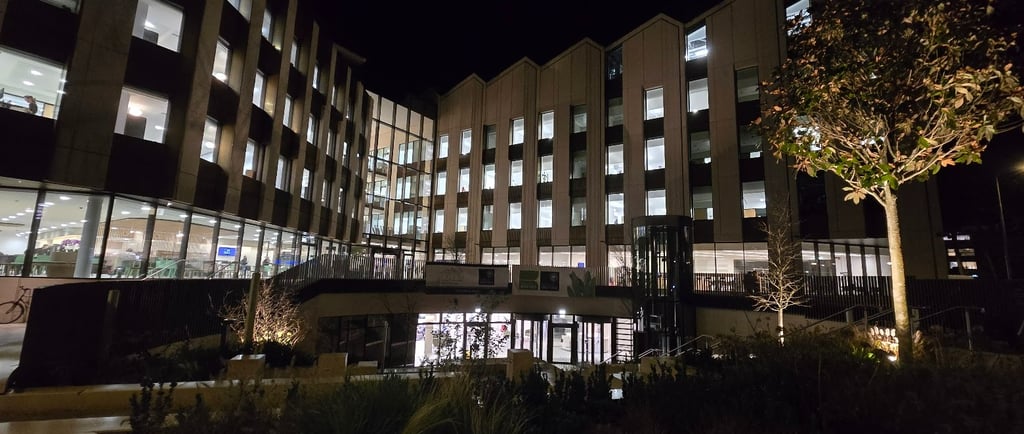

Walking into the Life and Mind Building yesterday afternoon, I had that rare sense of arriving somewhere that really will change things.
Rising up between the University Parks, the science area and the city, the new building feels at once vast and surprisingly human. Its soft stone façade, patterned with that extraordinary “brainwave” motif captured from an Oxford researcher, hints at what is going on inside - a place where ideas, data and discovery are constantly on the move.
It is the largest capital project the University has ever undertaken, a £200 million investment in bringing together the Department of Experimental Psychology, the new Department of Biology and the Ineos Oxford Institute for antimicrobial research under one roof. More than 1,400 staff and postgraduates will work here, with around 1,000 undergraduates taught in its lecture theatres, teaching labs and seminar rooms.
From the moment you step onto the new plaza you realise this is not a building that intends to hide its science away. The sweeping terraces drop down into what the landscape architects call “the Scoop” – an amphitheatre that doubles as social space, outdoor classroom and shop window for the research taking place inside. It is carefully planted, alive with greenery, designed so that students, staff and local people can simply occupy the space, sit with a coffee, or pause on their way through the city.
Inside, the central atrium is flooded with light. Trees rise beside broad staircases, and every level seems to offer somewhere for people to bump into one another, share an idea, or work quietly with a laptop. The building has been designed for flexibility, with laboratories, teaching rooms, offices and social spaces that can be reconfigured as science evolves. The message is clear: collaboration is not an optional extra, it is the way things are going to be done.
As High Sheriff of Oxfordshire, I spend a great deal of time thinking about people rather than buildings - about crime prevention, mental health, adolescence, and the vulnerabilities and pressures that many young people face. To stand in a space that explicitly ties “life” and “mind” together felt profoundly encouraging. Here, world-class psychologists and biologists will work side by side on some of the biggest questions of our age: from antimicrobial resistance to biodiversity loss, from how our brains respond to trauma to how behaviour and environment interact.
It was a particular pleasure to hear the University’s leaders speak about the building not just as a scientific powerhouse but as a place for engagement. This is a gateway to the science area, intended to be porous – with a café open to the public, spaces for exhibitions and events, and teaching areas that will welcome school students from across Oxfordshire and beyond. In a city where some young people still feel that “the University is not for me”, a building like this, open and inviting, really matters.
I was struck, too, by the story behind the departments housed here. The Department of Biology is itself the result of a merger between Plant Sciences and Zoology, recognising that modern bioscience simply does not fit neatly into old labels. The Life and Mind Building has been the catalyst for that change, just as it will be a catalyst for new partnerships between biology and psychology.
There is a lovely symbolism in the fact that this new hub stands on the site once occupied by the Tinbergen Building - a much loved but ultimately unsustainable structure closed because of asbestos and demolished a few years ago. In its place now stands something open, light and deliberately outward-facing, jointly funded by the University and Legal & General as part of a wider partnership that connects academic excellence with long-term investment in the city and region.
As I left, walking back towards Parks Road in the dark of a cold November evening, students were already claiming the staircases, terraces and quiet corners. It felt less like the unveiling of a monument and more like the opening of a new kind of commons for science and society.
For Oxfordshire, this building is another reminder of the global work that happens here - work on climate, health, behaviour and resilience that will touch lives far beyond our county boundary. For me, in a year shaped by “Hearing the Young Unheard”, it was heartening to spend an afternoon in a place that will help generate the evidence, understanding and innovation we need if we are serious about building a safer, fairer world for the next generation.
Life and mind, side by side, in stone and glass on South Parks Road. A bold promise for the future – and, judging by yesterday’s opening, a promise the University is determined to keep.
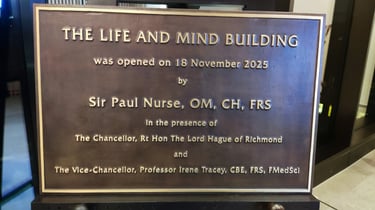
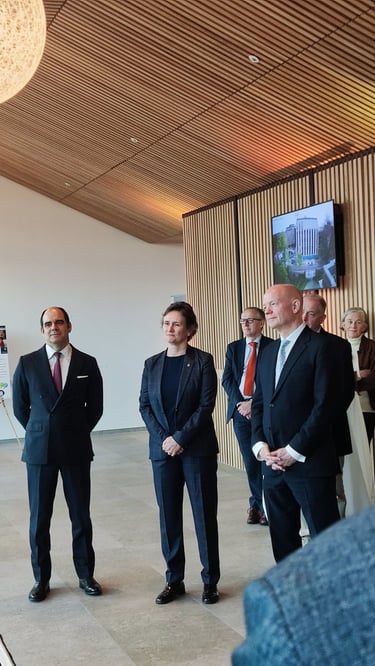
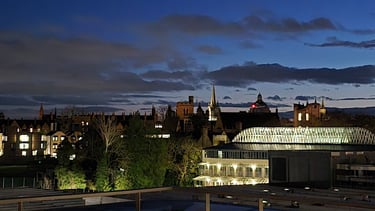
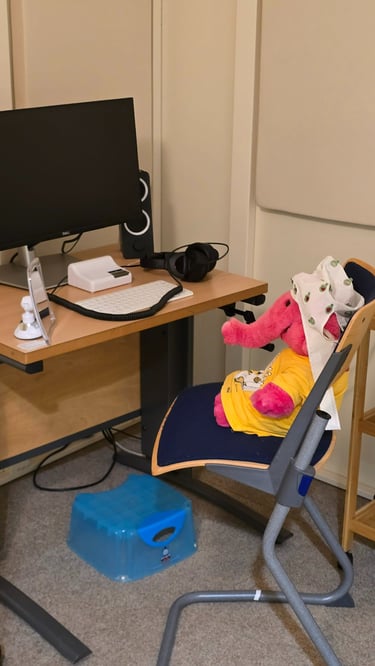
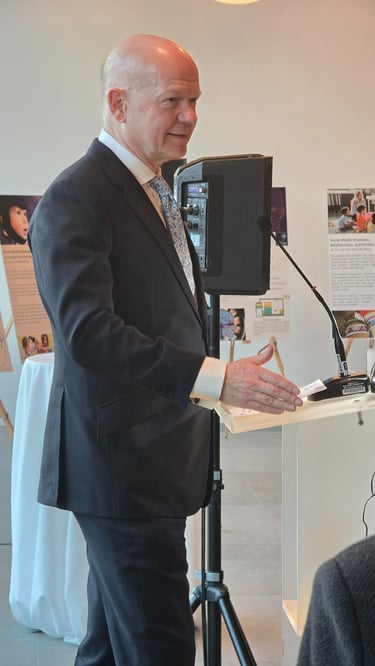
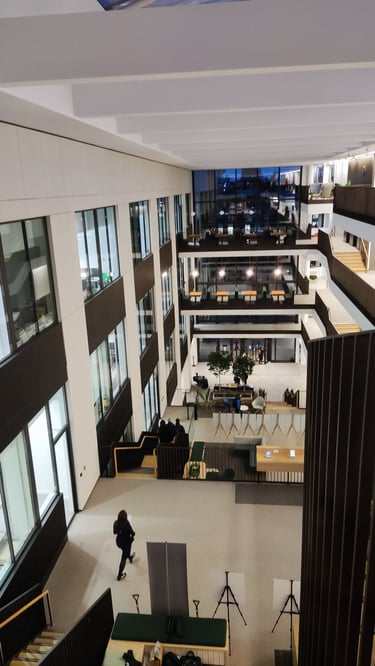

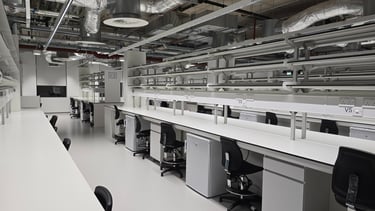

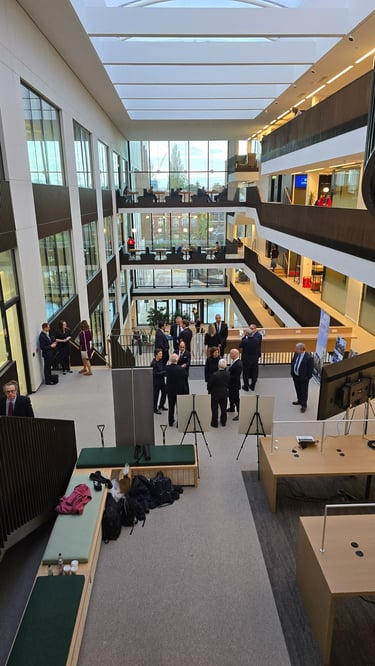










The Oxfordshire Shrievalty
Championing justice and community across Oxfordshire
© 2025. All rights reserved.
